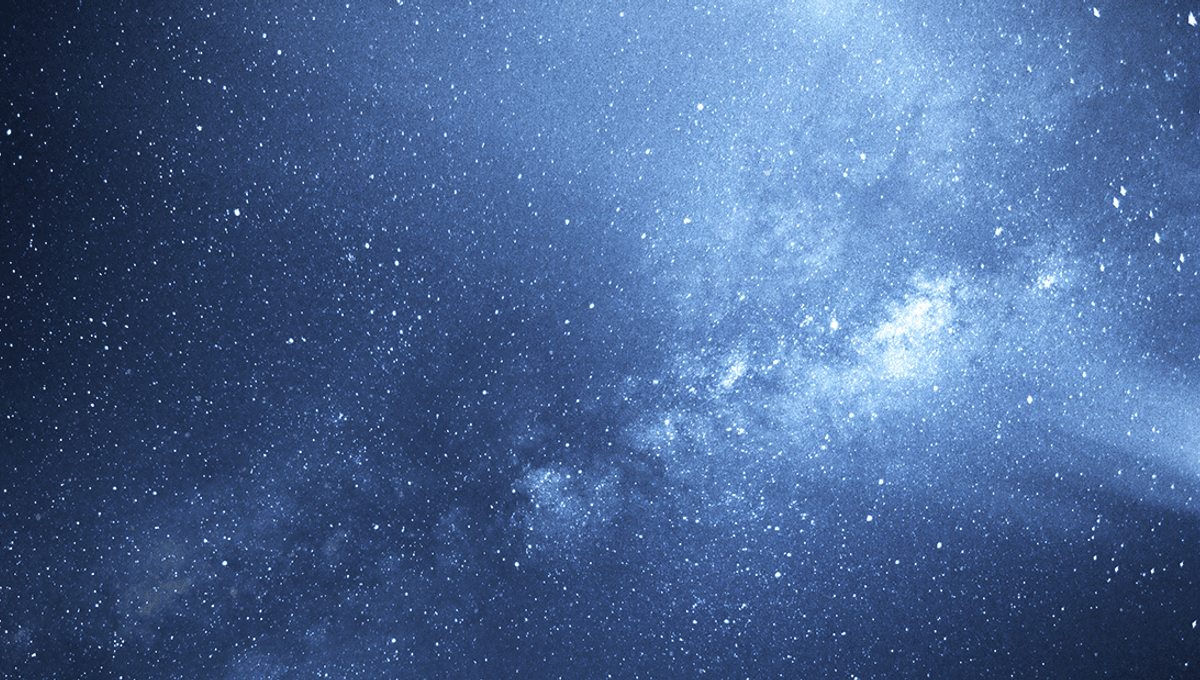
It’s been a pretty good decade so far for witnessing cosmic events. As well as the total solar eclipse and the Sun approaching its peak in activity, creating stunning auroras on Earth, we will soon see an event first recorded in a medieval manuscript, when T Coronae Borealis goes nova.
But look up at the night sky on pretty much any night (clouds and light pollution-permitting) and you will still see a spectacular sight, and stellar objects first witnessed by our ancestors long in the past.
But what exactly are you looking at when you gaze up at the sky without a telescope? Stars? Galaxies? Planets?
First off, as everybody tells you, when you look up at the sky you are seeing a whole lot of ancient history. The light left the objects you are looking at long ago, and has traversed many light-years to end its journey in your very own eyeballs. But it probably wasn’t sent out quite as long ago as you think.
The objects you see in the night sky without a telescope are only the brightest objects from our perspective. These are the planets, when they are in the right positions relative to us, and stars within a radius of about 4,000 light-years of us. Occasionally, people will tell you that you are looking at the light from a star that has died. But unless you are using a telescope this is probably not the case, given the enormous lifespan of stars ranging from millions to trillions (when that time has elapsed, of course) of years. You could get extremely lucky and notice one as it vanishes from the night sky, but in all likelihood if you see the light as it was sent out up to 4,000 years ago, the star is likely there today.
You can also see our galaxy, the Milky Way, with your naked eye, looking like a sort of river across our sky, though it looks better with long exposure cameras.
So do you not see other galaxies? Well, you can see a few of our closest neighbors. The Large and Small Magellanic Clouds – actually dwarf galaxies – are visible from the Southern Hemisphere, as well as Andromeda.
But other galaxies? Not with the naked eye. In fact, it took us until relatively recently to know for sure that there are galaxies other than their own. Evidence had been found pointing towards the idea of “island universes” beyond the Milky Way by measuring the distance to cepheid variable stars in the early 20th century. But it wasn’t until Edwin Hubble took a closer look at Andromeda – believed to be a nebula at the time – and found cepheids and measured their distance that we confirmed there was anything beyond our own galaxy.
That was in 1924. After thousands of years of looking up at the sky, it was only a century ago that we learned there was anything beyond our galaxy at all. Since then, we have developed better telescopes, including the space one named for Hubble, and can resolve galaxies in much greater resolution. We’ve even begun to look at galaxies that formed just 400 million years after the Big Bang using the JWST. That’s light which has been traversing the universe for almost the entire duration of the universe.
But it could have been much worse, and in a way we were lucky(ish) to be placed close enough to Andromeda to realize how much more there is to see. If we were placed in the Boötes Void – an area of space with fewer galaxies than you’d expect – it would have taken us even longer.
As astronomer Greg Aldering put it: “If the Milky Way had been in the center of the Boötes Void, we wouldn’t have known there were other galaxies until the 1960s.”
So when you look up at the sky, you are enjoying the view of real, likely alive stars nearby, an occasional planet, our own galaxy, and a few galaxies that are close enough to see without the aid of a telescope.
All “explainer” articles are confirmed by fact checkers to be correct at time of publishing. Text, images, and links may be edited, removed, or added to at a later date to keep information current.
Source Link: Stars, Dead Stars, Galaxies? What Are You Actually Looking At In The Night Sky?